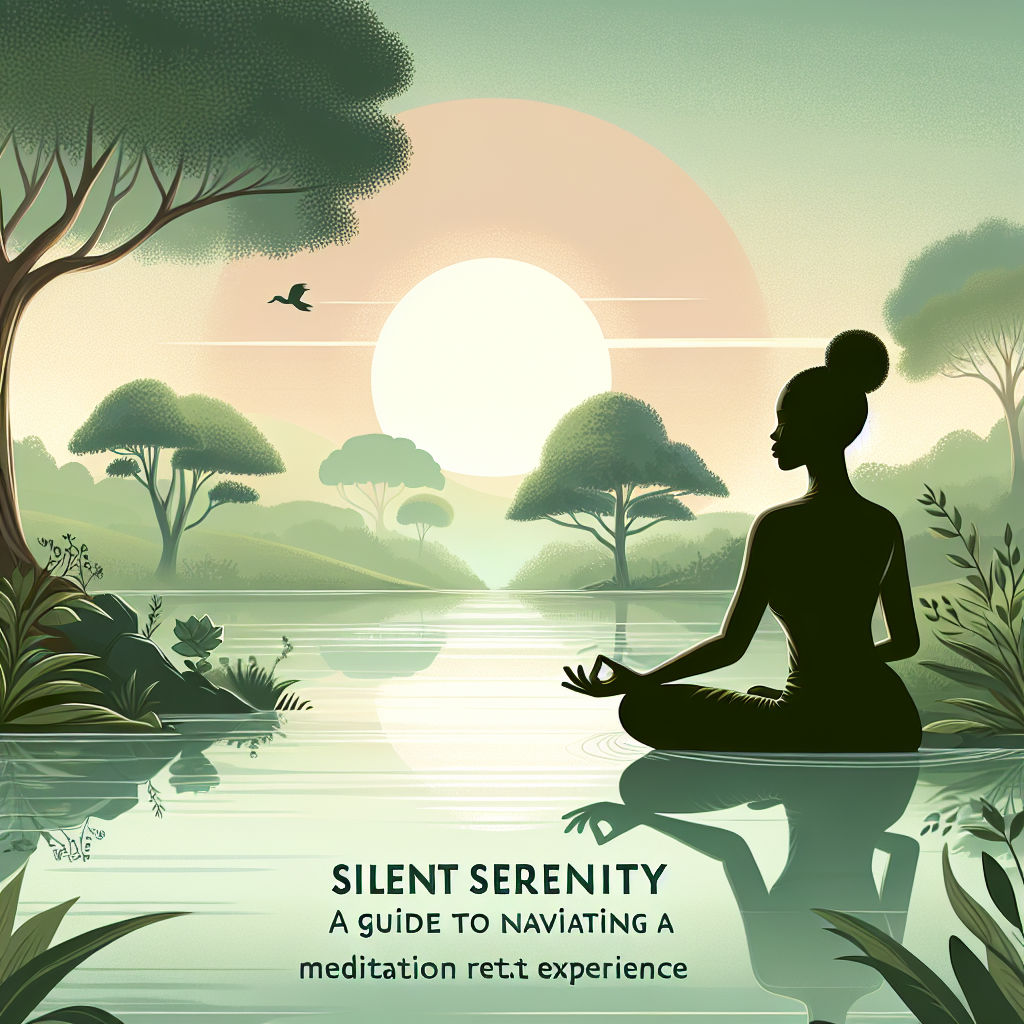In the fast-paced world we live in today, it can be easy to get caught up in the hustle and bustle of everyday life. We are constantly bombarded with stimuli from all directions, leading to feelings of stress, anxiety, and overwhelm. This is where mindfulness comes in. Mindfulness is a practice that has been around for centuries, originating from ancient Buddhist teachings. It is a way of paying attention to the present moment, without judgment or attachment. Through mindfulness, we can learn to quiet the mind, reduce stress, and cultivate a greater sense of peace and well-being. In this beginner’s guide, we will explore the power of mindfulness and how you can incorporate it into your daily life through meditation and Buddhist teachings.
What is Mindfulness?
Mindfulness is the practice of being fully present in the moment, aware of your thoughts, feelings, sensations, and surroundings without judgment or attachment. It is about paying attention to the present moment with openness, curiosity, and acceptance. Mindfulness allows us to tune into our body and mind, promoting a sense of calm and clarity. By focusing on the present moment, we can let go of worries about the past or future, reducing feelings of stress and anxiety.
Benefits of Mindfulness:
There are numerous benefits to practicing mindfulness, both physical and mental. Some of the key benefits include:
– Reduced stress and anxiety: Mindfulness has been shown to reduce levels of cortisol, the stress hormone, in the body. By learning to focus on the present moment, we can let go of worries about the future and regrets about the past, leading to a greater sense of calm and peace.
– Improved focus and concentration: Mindfulness helps sharpen our attention and concentration, allowing us to stay present and engaged in our daily activities.
– Better emotional regulation: By becoming more aware of our thoughts and feelings, we can learn to respond to them in a more thoughtful and intentional way, rather than reacting impulsively.
– Enhanced well-being: Mindfulness has been linked to greater feelings of happiness, contentment, and overall well-being.
How to Practice Mindfulness:
One of the most common ways to practice mindfulness is through meditation. Meditation is a practice of training the mind to focus on the present moment. There are many different forms of meditation, but a simple and effective technique for beginners is to start with a basic breath awareness practice.
To begin, find a quiet and comfortable space where you won’t be disturbed. Sit in a comfortable position with your back straight and your eyes closed. Begin to focus on your breath, noticing the sensation of the breath as it enters and leaves your body. If your mind begins to wander, gently bring your attention back to your breath without judgment.
You can start with just a few minutes of meditation each day and gradually increase the duration as you become more comfortable with the practice. Consistency is key when it comes to meditation, so try to make it a regular part of your daily routine.
In addition to formal meditation practice, you can also incorporate mindfulness into your daily activities. Pay attention to the sensations of eating, walking, or even washing dishes. By bringing a mindful awareness to these everyday tasks, you can cultivate a greater sense of presence and peace.
Mindfulness and Buddhism:
Mindfulness has its roots in Buddhist teachings, particularly in the practice of vipassana or insight meditation. The Buddha taught that mindfulness is one of the key factors in cultivating wisdom and freeing oneself from suffering. By observing the impermanent nature of all things and seeing the interconnectedness of all beings, we can develop a deeper understanding of the true nature of reality.
In Buddhism, mindfulness is considered an essential practice for attaining enlightenment or nirvana. By developing mindfulness, we can learn to see through the illusions of the ego and cultivate a sense of compassion and equanimity towards all beings.
FAQs:
Q: Is mindfulness the same as meditation?
A: While meditation is one way to practice mindfulness, mindfulness itself is a broader concept that encompasses a way of being in the present moment with open awareness. Meditation is a tool that can help cultivate mindfulness, but there are many other ways to practice mindfulness in everyday life.
Q: How long does it take to see the benefits of mindfulness practice?
A: The benefits of mindfulness practice can vary from person to person. Some people may start to feel the benefits after just a few sessions of meditation, while others may take longer to notice a difference. Consistency and patience are key when it comes to mindfulness practice.
Q: Can anyone practice mindfulness?
A: Yes, mindfulness is a practice that anyone can do, regardless of age, background, or experience. It is a simple and accessible practice that can be integrated into anyone’s daily routine.
Q: How do I deal with wandering thoughts during meditation?
A: It’s normal for the mind to wander during meditation. When you notice your thoughts drifting, simply acknowledge them and gently guide your attention back to your breath or the present moment. Remember that the practice of meditation is not about being perfect, but about cultivating awareness and acceptance.
In conclusion, mindfulness is a powerful practice that can help us cultivate a greater sense of peace, clarity, and well-being in our daily lives. By incorporating mindfulness into our daily routines through meditation and Buddhist teachings, we can learn to quiet the mind, reduce stress, and develop a deeper sense of compassion and interconnectedness with all beings. Embrace the power of mindfulness and start your journey towards a more mindful and fulfilling life today.




Leave A Comment